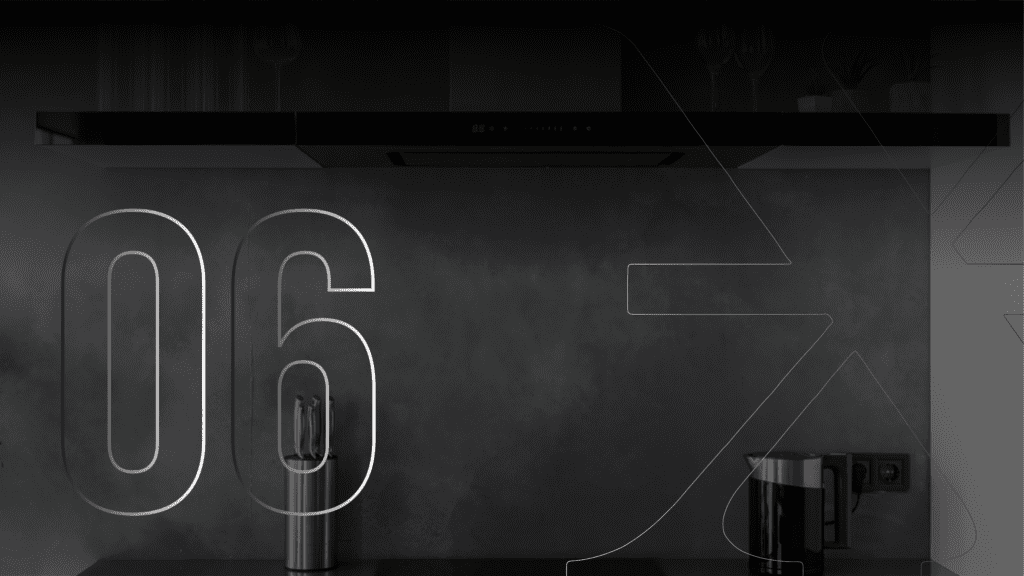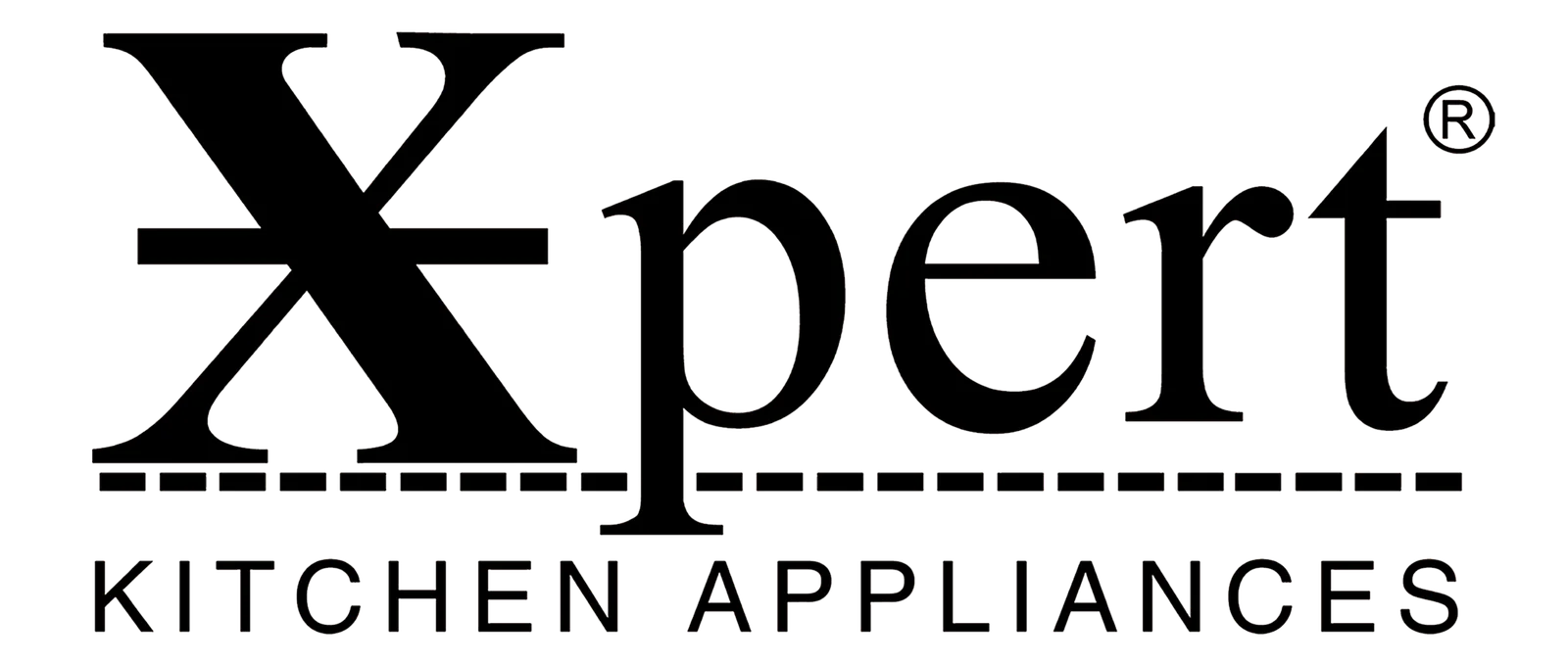

Elite Air: High-Performance Kitchen Range Hood
Introduction
A kitchen range hood is like a big vacuum for your stove. It sucks up all the smoke, steam, and cooking smells, and keeps your kitchen air nice and clean. Imagine you’re frying up some bacon and the smoke alarm starts going off – that’s where a range hood comes in handy. It’s got a fan inside that pulls all that smoky air up and out of your house, so you don’t end up smelling like breakfast all day. Plus, it’s got lights to help you see what you’re cooking, and some even have fancy filters to catch grease. So, it’s pretty much a must-have if you do a lot of cooking..
How these range hood works or kitchen?
A kitchen range hood works by using a fan to pull up the bad air that comes from cooking. The range hood installed right above your stove, and when you turn it on, the fan starts spinning. This creates suction, kind of like a vacuum cleaner, and it pulls all that yucky air up into the hood. From there, the air can go through filters that catch grease and other particles, or it can go straight outside your house. This keeps your kitchen air fresh and clean, and it stops your smoke alarm from going nuts every time you cook something.
What are the type 1 and type 2 range hood ?
Vented range hoods connect to ducts leading outside, taking out all the smoke, steam, and smells. Vented systems excel in purifying air because they eliminate unwanted particles outside and require minimal upkeep.
Recirculating range hoods filter the air through charcoal or carbon filters and then release it back into the kitchen. Instead of venting the air outside, it uses filters to trap grease, smoke, and cooking odors, then recirculates the clean air back into the kitchen. Recirculating systems are simpler to set up because they don’t need ducts. This makes them great for flats or houses where putting in ducts isn’t possible. It’s a great option for apartments or homes without external venting capabilities. When choosing between the two, consider your cooking habits, installation possibilities, and maintenance preferences.


Significance of Range hood
- Kitchen range hoods are like vacuums for smoke.
- They suck up the bad air when you cook.
- This keeps your kitchen smelling fresh.
- They come in different styles to match your kitchen.
- Some are quiet, others have more power.
- They can have lights to help you see your cooking.
How to choose best kitchen range hood?
- Choosing the right kitchen range hood depends on your kitchen’s layout and your cooking habits.
- Consider the size of your stove and kitchen to ensure proper fit and ventilation.
- Think about the types of food you cook; if you fry often or cook strong-smelling foods, you’ll need a hood with strong suction.
- Look for hoods with adjustable fan speeds to handle different cooking scenarios.
- Noise level is also important; some hoods are designed to be ultra-quiet.
- Check if the hood has easy-to-clean filters to maintain hygiene and performance.
- Decide if you prefer a vented system, which expels air outside, or a recirculating one, which filters and returns it indoors.
